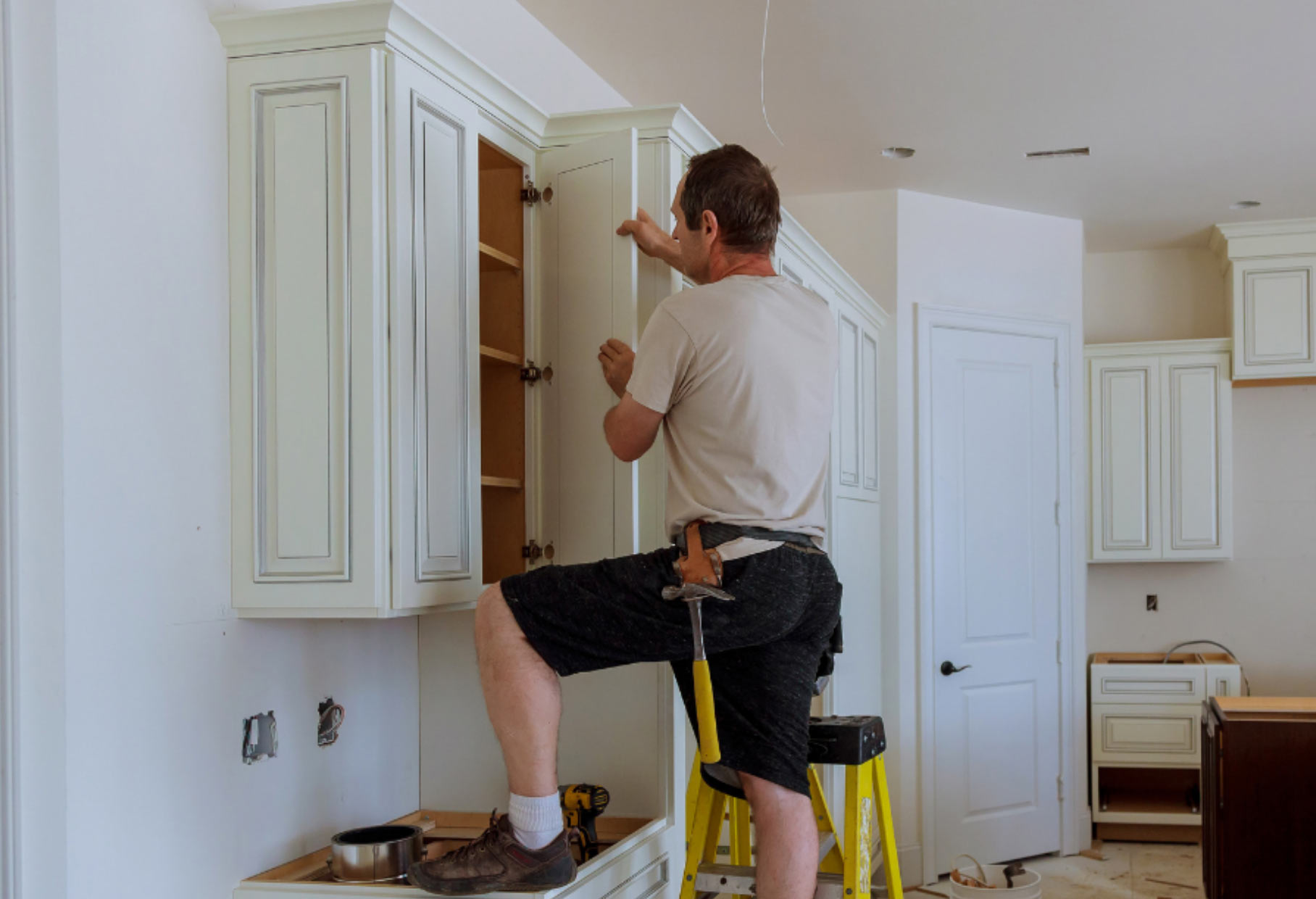Do you think that how is it possible to install cabinets without help from a carpenter? Does DIY cabinet installation even prevail?
Indeed, installing kitchen cabinets isn’t very difficult overall, but it is a massive obstacle for anyone attempting the task for the first time. Kitchen cabinet adjustments can be challenging to tackle on your own, but it is possible to do so with the proper instructions, a sufficient amount of time, and the proper tools. Those interested in putting in the cabinets for the first time will find this tutorial helpful. Why? Because you are clueless on what resources to employ or what preliminary procedures to take. Let’s delve in more to find solutions to your questions. Hold firm, and you’ll be surprised at how simple it is to fix your cabinets on your own.



